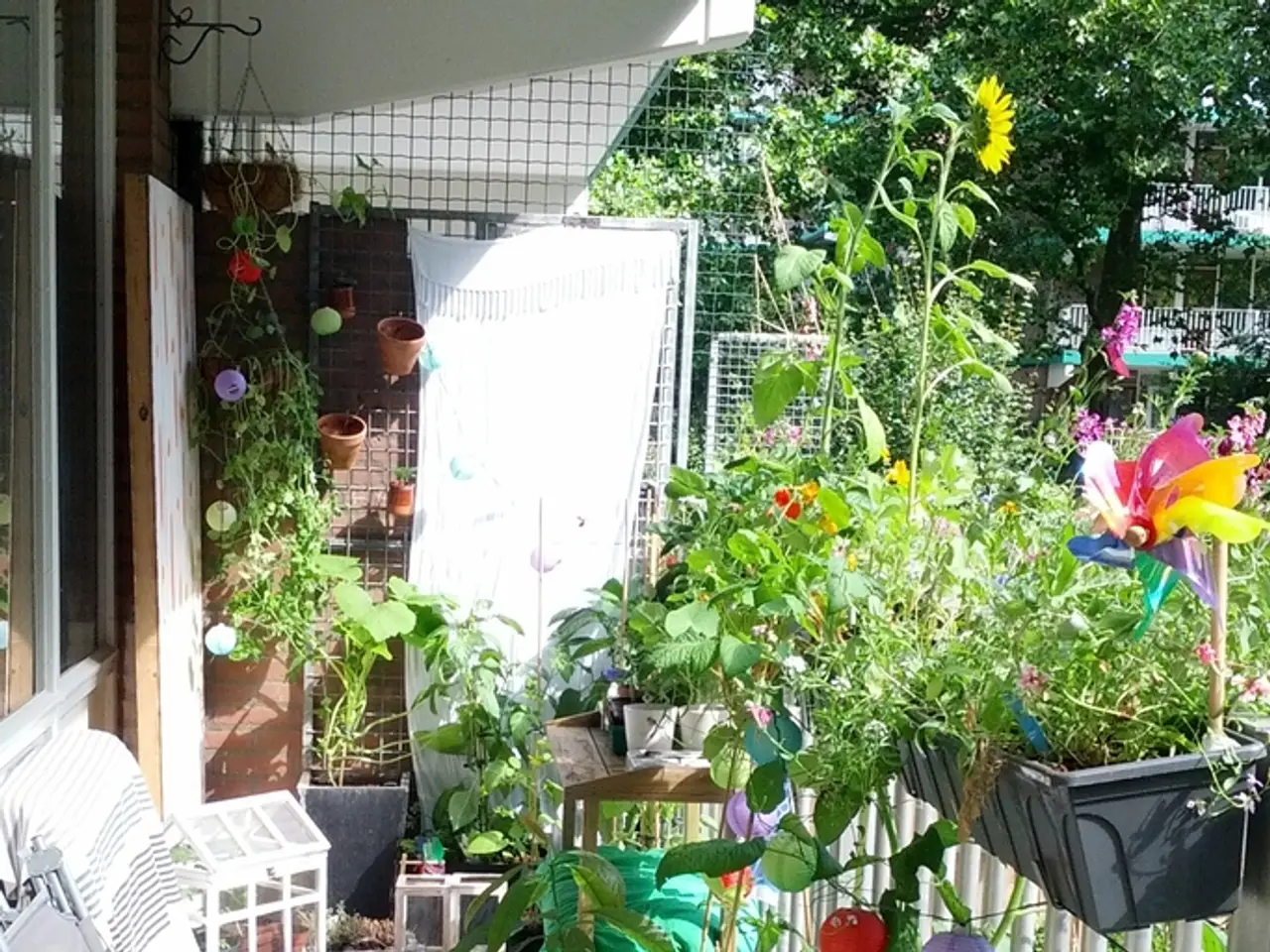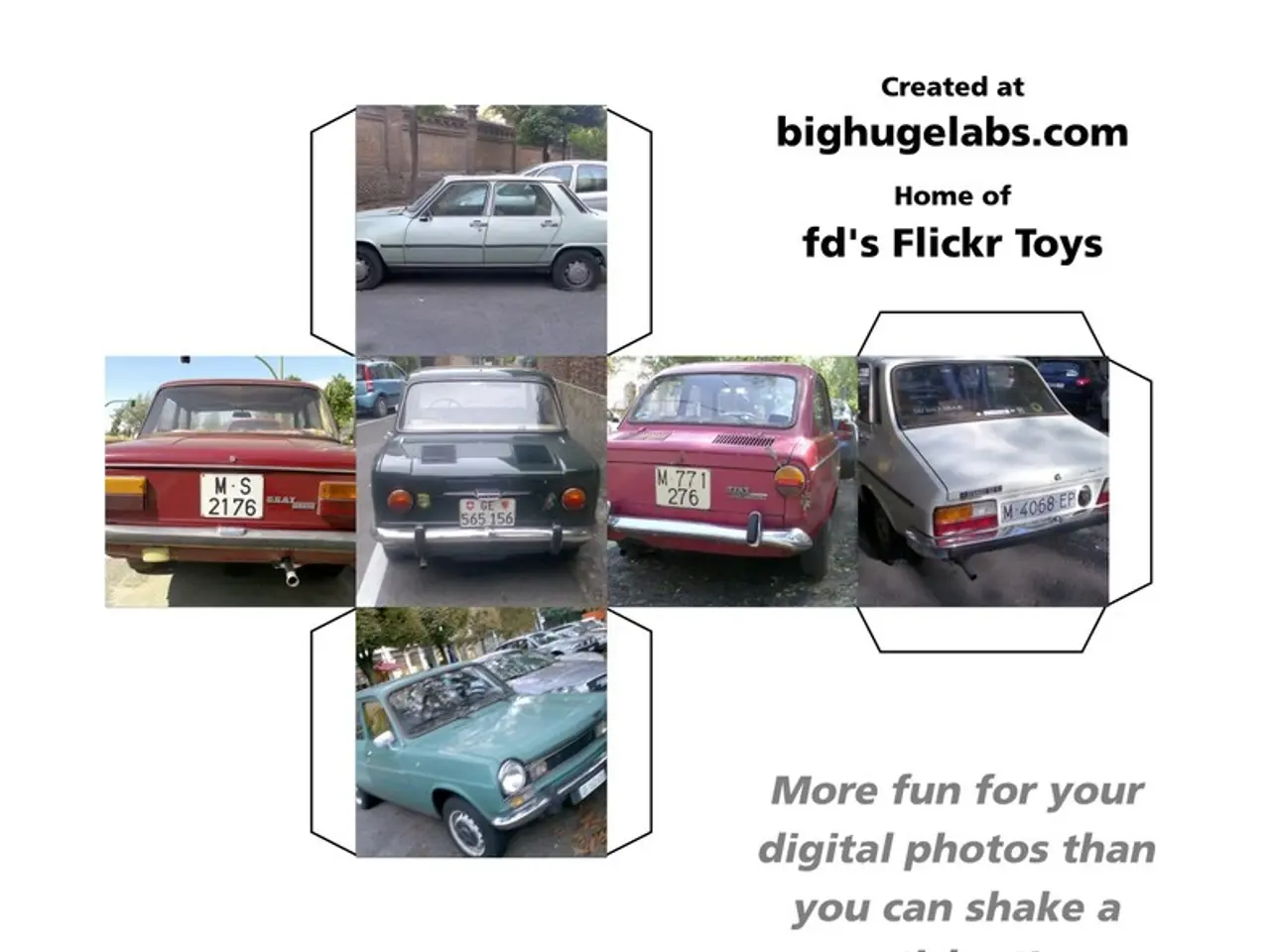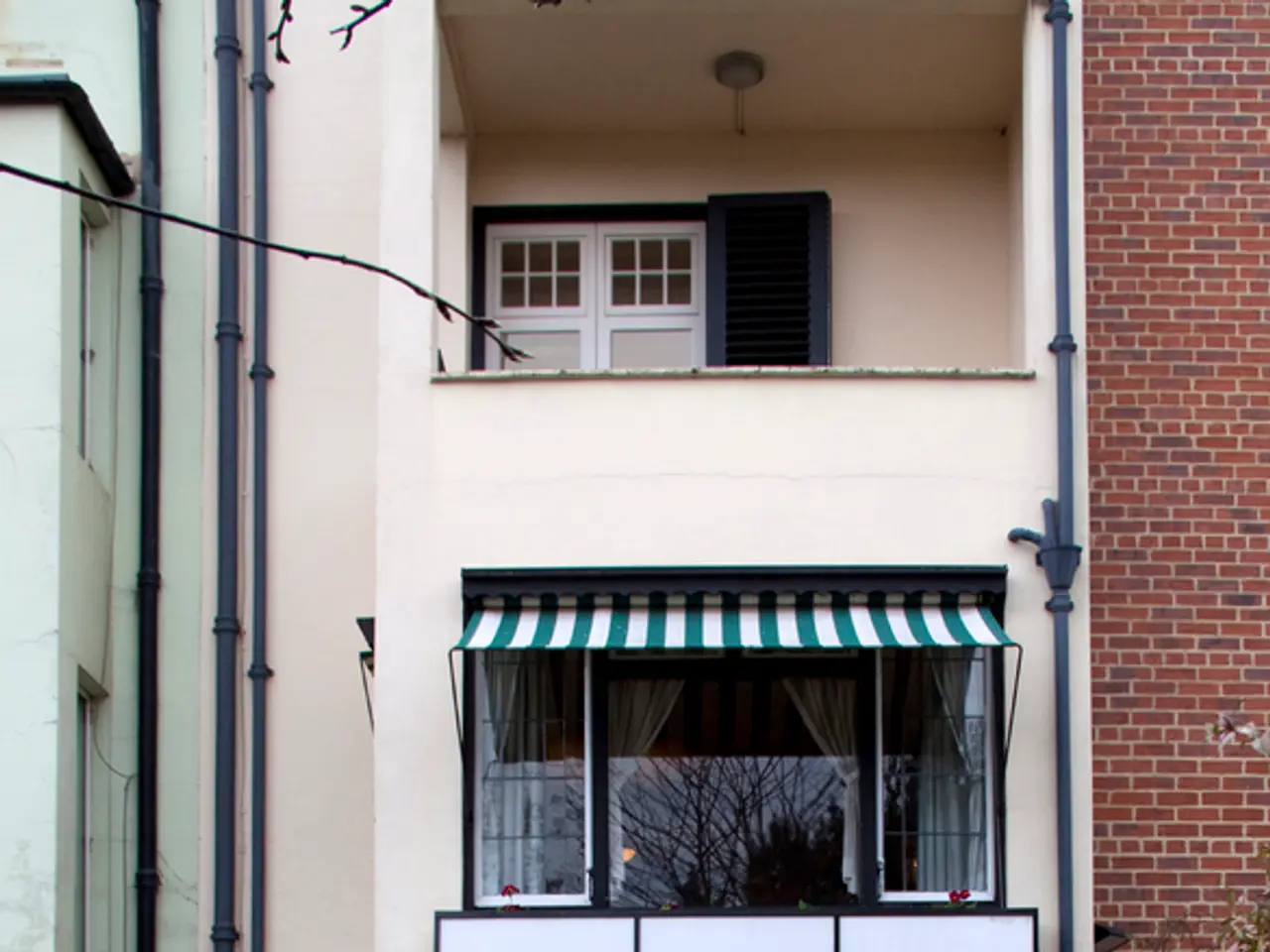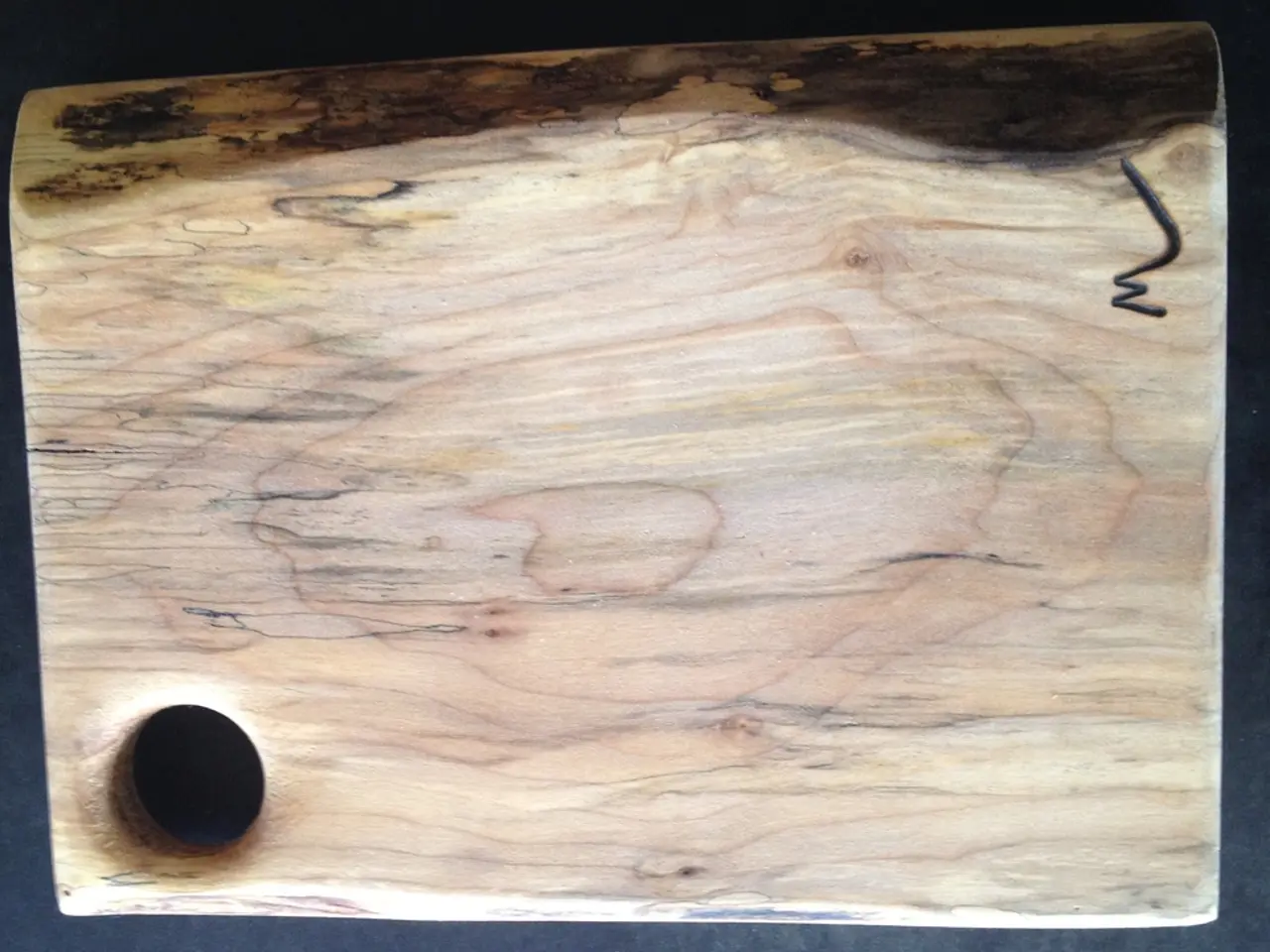Embracing Minimalist Lifestyle and Tiny Homes Yields Significant Advantages
The trend of living small is gaining traction across the United States, with more and more people opting for Tiny Houses, buildings 400 square feet or less. Two such advocates of this movement are Marc Authier and Sharon Petz, who have built their own Tiny Houses to adopt minimalist living and spend more time in nature.
Marc Authier, who built his Tiny House in 2008, kept the cost low by using recycled materials and constructing the house himself, with assistance from friends. His 120-square-foot abode was designed around a double-insulated window found on Craigslist for just $60. Two of the Tiny House's walls were made out of papercrete, a material made from recycled old newspapers, cement, and sand.
Sharon Petz's Tiny House, named The Rose of Sharon, was completed in mid-October and boasts 194 square feet of livable space. The exterior is covered with Cedar Cove siding and a green metal roof, with a small porch area. Inside, Petz's Tiny House features a rainhead shower, sandstone shower wall, wall-mounted faucet, and a sink on a granite countertop. The bathroom also includes a composting toilet and upgraded lighting.
Petz, who still owns a 2,000-square-foot house, plans to try living in her Tiny House after it is furnished to understand its costs. She was inspired by Danish Minimalism and used multi-functional furniture, creative solutions, and designs to keep her space uncluttered. Nature is significant to Petz, who finds it a spiritual experience and a source of inner peace.
Building a Tiny House can cost as low as $3,500, but can go up to $25,000-35,000 for a customized space and trailer, including hiring a contractor which can add $16,000 or more. Petz hired contractor Bret Hagan of Frontier Development to build her customized Tiny House, which was completed in three months.
Proponents of the Tiny House Movement cite sustainability, economic independence, and green living as reasons to live small. The benefits and cost-saving factors are significant and multifaceted.
Sustainability Benefits - Reduced Environmental Impact: Tiny houses use fewer materials during construction, reducing waste and environmental degradation. - Energy Efficiency: Their small size naturally demands less energy for heating, cooling, and lighting, thereby lowering carbon footprints. - Renewable Energy Integration: Many tiny houses incorporate solar panels, batteries, wind turbines, or heat pumps enabling off-grid living, further decreasing reliance on nonrenewable energy and public grids. - Lower Consumption: Living tiny encourages minimalism, reducing consumption of resources and waste generation overall.
Economic Independence and Cost-Saving Factors - Lower Construction and Maintenance Costs: Tiny houses can cost a fraction of traditional homes to build. - Reduced Utility Bills: Due to energy efficiency and alternative energy use, utility expenses are much lower, contributing to monthly savings. - Potential Income Opportunities: Tiny houses, especially as accessory dwelling units (ADUs), can boost property value or generate rental income without needing separate land. - Affordability: Tiny houses provide an affordable alternative to traditional housing, helping avoid large mortgages and allowing more immediate economic independence.
Green Living Advantages - Compact Footprint: Smaller homes occupy less land, minimizing habitat disturbance and allowing more efficient land use. - Use of Sustainable Materials: Construction often utilizes renewable or recycled materials, further reducing ecological harm. - Simplified Lifestyle: Tiny living promotes decluttering and mindful consumption, which aligns with broader ecological and wellness goals.
Overall, the tiny house movement presents a compelling approach to sustainable, economically independent, and green living, combining reduced environmental impact with financial savings and lifestyle simplicity. However, challenges such as zoning restrictions or living space limitations need consideration depending on location and personal circumstances.
Authier and Petz agree that downsizing offers benefits such as a re-evaluation of priorities, financial freedom, and the opportunity for travel. It seems that the allure of a simpler, more sustainable life is drawing more people to the Tiny House Movement every day.
Adopting a freedom lifestyle and minimalist living, Marc Authier built his Tiny House in 2008 with life hacks like using recycled materials and creative designs to keep costs low and space uncluttered. inspired by Danish Minimalism, Sharon Petz, upon building her Tiny House, embraced home-and-garden elements such as a sandstone shower wall and a sink on a granite countertop, further showcasing the diversity within the Tiny House Movement that encourages sustainability, economic independence, and green living.




